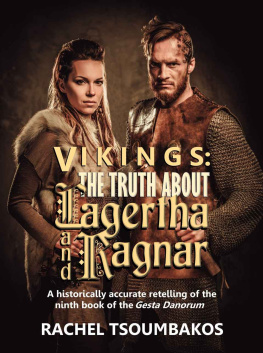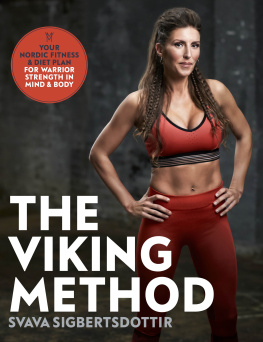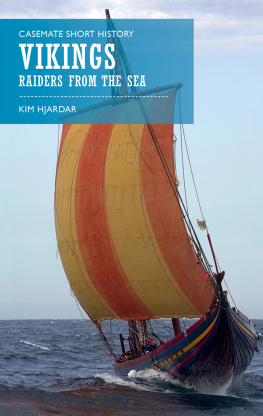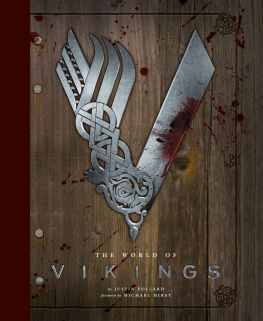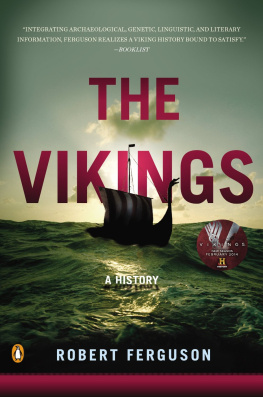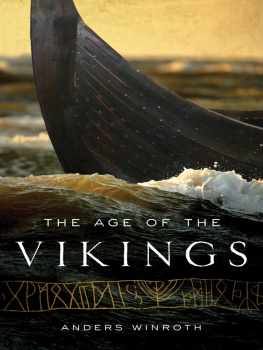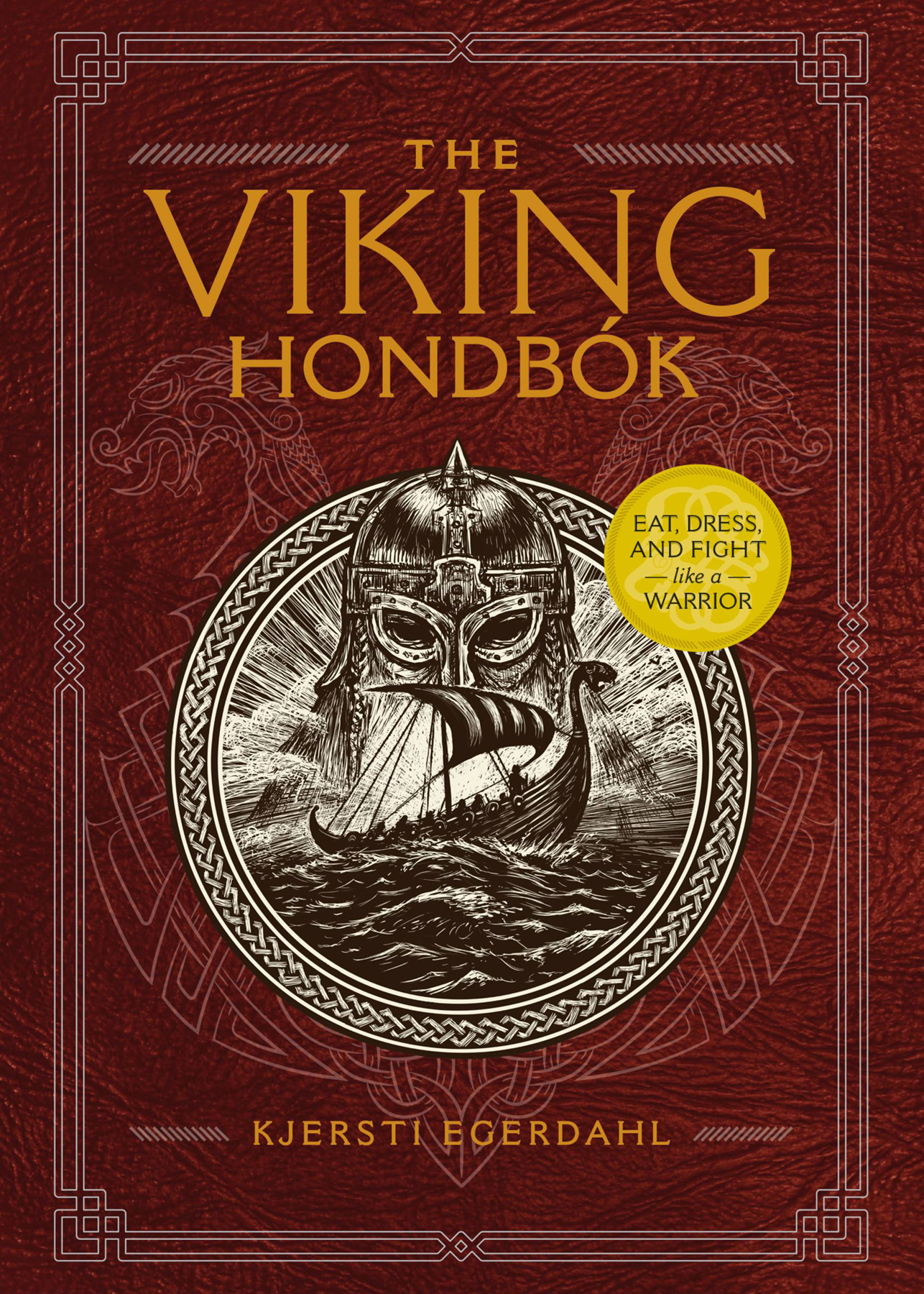Copyright 2020 by Running Press
Interior illustrations copyright 2020 by Josh Lynch
Other image credits, from Shutterstock: cover, i, iii (seals): Barandash Karandashich; cover, interior sidebars (dragon): Bourbon-88; cover, chapter openers (frame): svekloid; back cover, interior quotes and sidebars: Charis Estelle; v, 1: Agor2012; viii: Pyty; 8083: mghstars; 205, 210: Filip Bjorkman; 206: Elena_Titova; 208: Robert Biedermann; 209: Visual society
Cover copyright 2020 by Hachette Book Group, Inc.
Hachette Book Group supports the right to free expression and the value of copyright. The purpose of copyright is to encourage writers and artists to produce the creative works that enrich our culture.
The scanning, uploading, and distribution of this book without permission is a theft of the authors intellectual property. If you would like permission to use material from the book (other than for review purposes), please contact permissions@hbgusa.com. Thank you for your support of the authors rights.
Running Press
Hachette Book Group
1290 Avenue of the Americas, New York, NY 10104
www.runningpress.com
@Running_Press
First Edition: May 2020
Published by Running Press, an imprint of Perseus Books, LLC, a subsidiary of Hachette Book Group, Inc. The Running Press name and logo is a trademark of the Hachette Book Group.
The Hachette Speakers Bureau provides a wide range of authors for speaking events. To find out more, go to www.hachettespeakersbureau.com or call (866) 376-6591.
The publisher is not responsible for websites (or their content) that are not owned by the publisher.
Library of Congress Control Number: 2019949764
ISBNs: 978-0-7624-9589-4 (hardcover), 978-0-7624-9587-0 (ebook)
E3-20200314-JV-NF-ORI
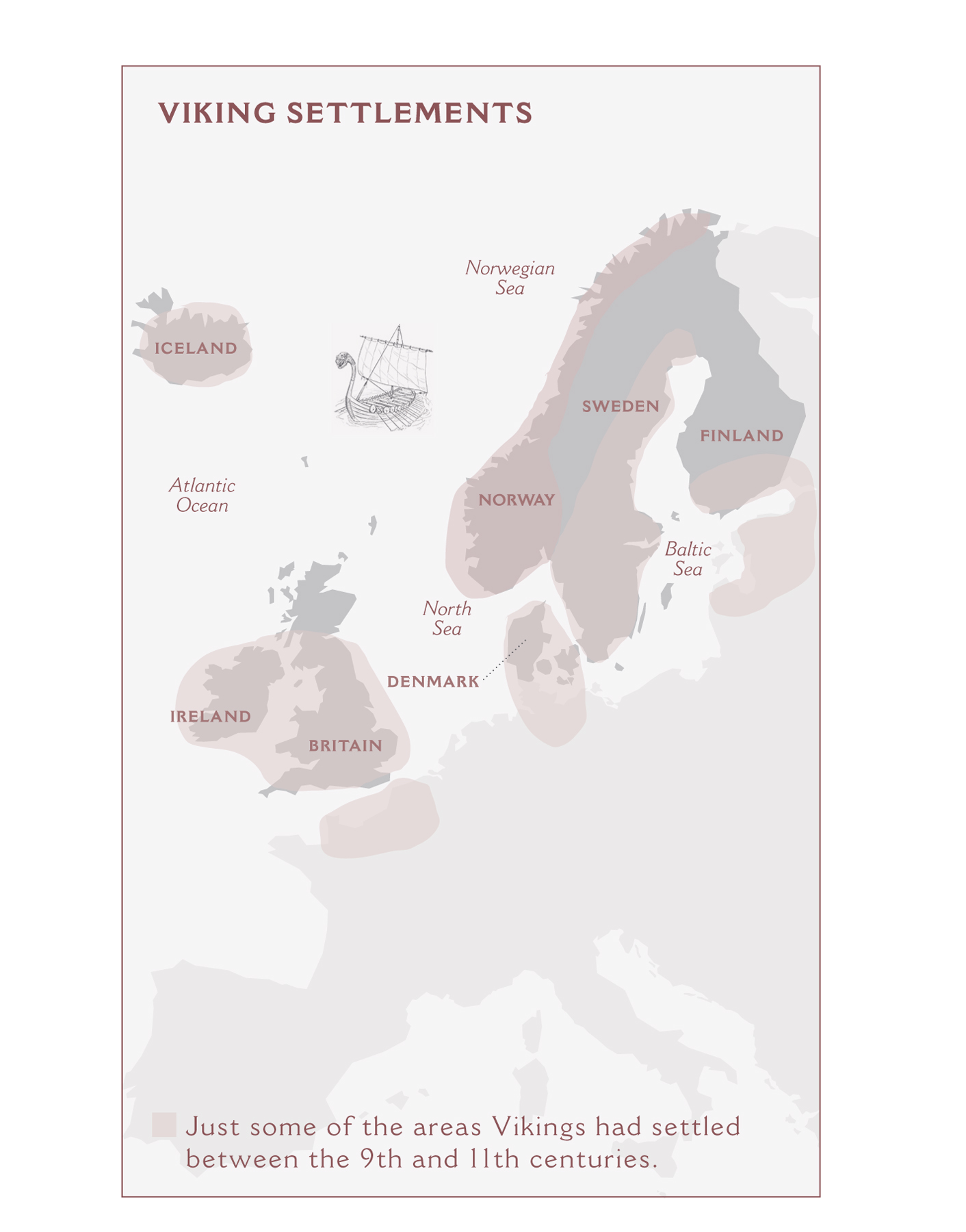
Scandinavian Americans have been loud and proud about their Viking ancestors for a long time, and why shouldnt they be? Sure, these forebearers could sometimes be loudmouthed barbarians, puffed up with flash and swagger, who loved knocking heads (and knocking boots), but they also wrote epic poetry, brewed excellent beer, were skilled craftspeople and accomplished merchants, and mastered the lore of the sea. Vikings stayed loyal to the death, bonding over good food (well, good by premedieval standards) and good mead. The Vikings were a curious, resourceful group of global explorers, men and women alike, who approached new lands as raiders, yes, but also as traders and immigrants.
My own ancestors came to the United States as immigrants from Norway and Sweden, most of them several generations back. But my strongest Scandinavian influence comes from my grandfather Ottar Egerdahl, who came through Ellis Island as a child in the 1920s, lived briefly in South Dakota, and settled in Seattle, Washington.
Growing up, my grandfather and his siblings werent allowed to speak Norwegian at home, only English, to help them assimilate. With a sense that something precious had been lost, my father, Ed, studied Norwegian as a young man, taking several trips to Norway and eventually founding the Scandinavian Language Institute, an organization that teaches language lessons through the National Nordic Museum in Seattle. I took all the kids classes and a few adult sessions, but today my language skills hover somewhere between tourist quality and singing Jeg er s glad at Christmas.
One of the highlights of our family vacations was visiting the tiny northern valley of Egerdal in Nordland, where Ottars family originated (the H in our last name was tacked on at Ellis Island). My dad was pretty excited when I married a man who knows how to make better krumkake than I do. But my main claim to fame is being a Sons of Norway parade princess as a senior in high school, waving to the crowd from the back of a convertible in the Norwegian Constitution Day parade. Kjersti the Viking Princess: carve that in runes on my tombstone.
Ive always been inspired by the fierce, imaginative, adventurous legacy of the Vikings as its come down to me in stories and through pop culture. We know the Vikings wove the perfect beard braid and built unstoppable warships, but who were these mysterious seafarers, really, and what were their everyday lives like? Theres got to be more to it than the Marvel Comics superhero Thor lets on.
In the following pages, Ive pulled together archaeological evidence, Norse writings, and foreign perspectives from the Viking Age to help answer these questions and to provide an informative, full, andI hopefun view of life as a Viking. After all, each of us could use a little more adventure in our lives. Heres hoping Odin, god of inspiration, spreads some of his magic to you.
Kjersti-Marie Ragnhild Egerdahl
Seattle, WA
2020
B ITTER IS THE WIND TONIGHT I T TOSSES THE OCEANS WHITE HAIR . T ONIGHT I FEAR NOT THE FIERCE WARRIORS OF N ORWAY C OURSING THE I RISH S EA .
U NKNOWN I RISH POET
Down on the Farm
During the Viking Age, most Scandinavians lived in small villages made up of six to eight farmstowns were relatively rare. Each farm had a longhouse as the main dwelling, surrounded by outbuildings like stables and storehouses and enclosed with a fence. Blacksmith shops, a fire hazard, usually stood at the edge of the property.
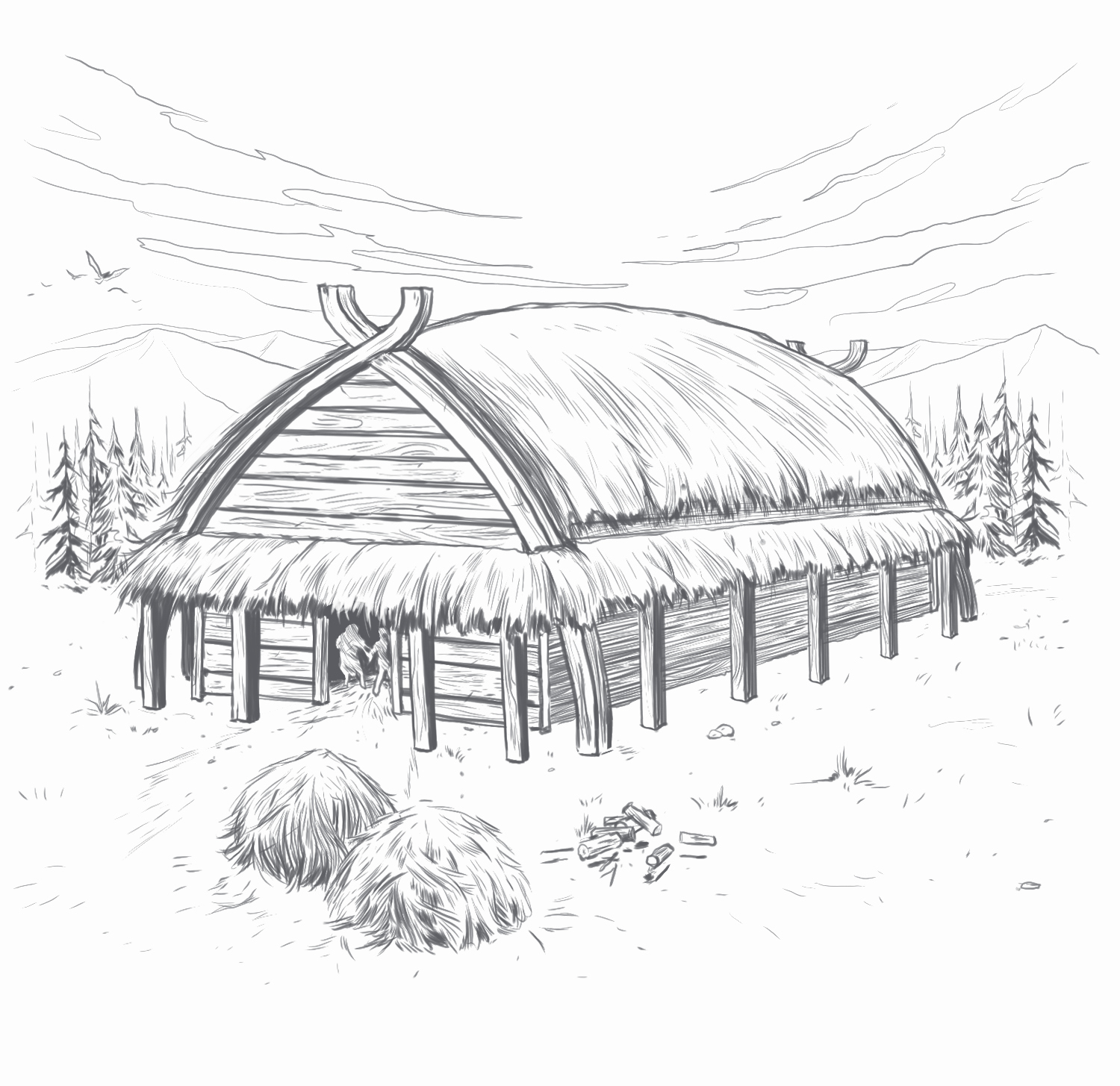
Enthusiastic seafarers, Vikings built longhouses shaped like a ships hull.
A typical longhouse had curved walls and an arched roofline like an upturned boateverything comes back to ships for the Vikings. Walls were made of thick timbers sunk into the ground with planks or wattle, with daub in betweenno windows. The thatched roof rested on wooden beams. Often the building was divided in half, with stalls for livestock at one end and the familys living area at the other.
+ HOME TURF +
Later in the Viking Age, after about 870, settlers made it to Iceland and Greenland, where trees were small and scarce. Their homes were built of turf, cut and stacked like bricks to build walls and laid over driftwood beams for the roof so that grass grew on top of the houses. Sometimes the foundations were dug into the ground for insulation. The overall concept is similar to the turf houses their descendants would later build on homesteads in the American Midwest.
MODERN VIKINGS
You dont have to sacrifice comfort or air quality to enjoy the best aspects of Viking homes. A roaring fire is a good place to start. If you have exposed beams, youre halfway there. Instead of individual chairs around a formal dining table, go for rustic wooden benches with a dark finish. Try mixing textures: on a dark leather sofa, layer nubbly woolen blankets and faux-fur pillows, with a sheepskin rug where your faithful hound or half-wild cat can curl up in front of the fire. Keep some dice on your wooden chest coffee table, prepared for a friendly wager, and always have your drinking horns polished and ready. Regular wax candles are fine to set the moodyou might find that far fewer people take you up on your famous Viking hospitality if you insist on burning authentic fish oil for light.



